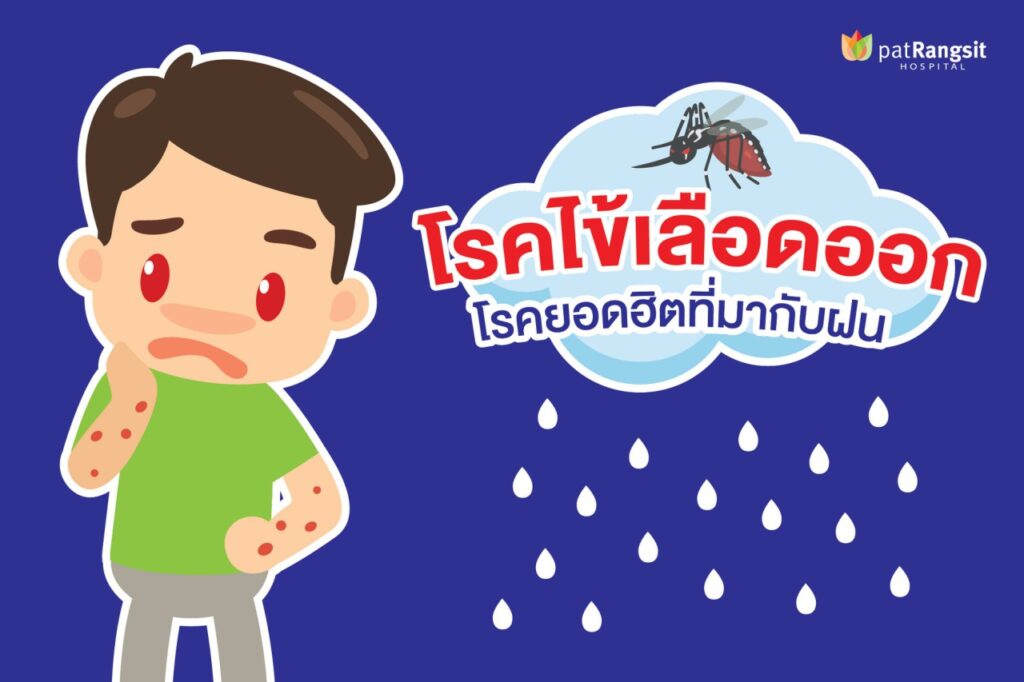
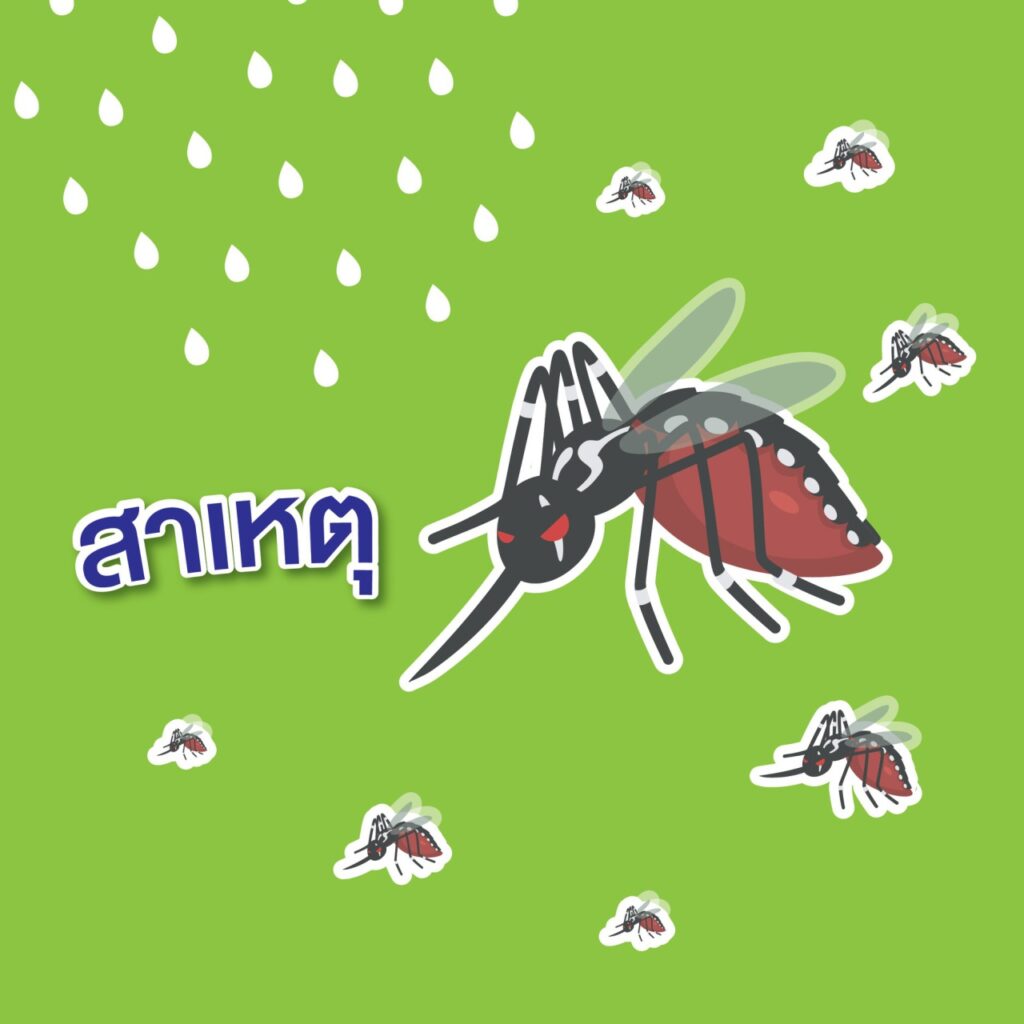
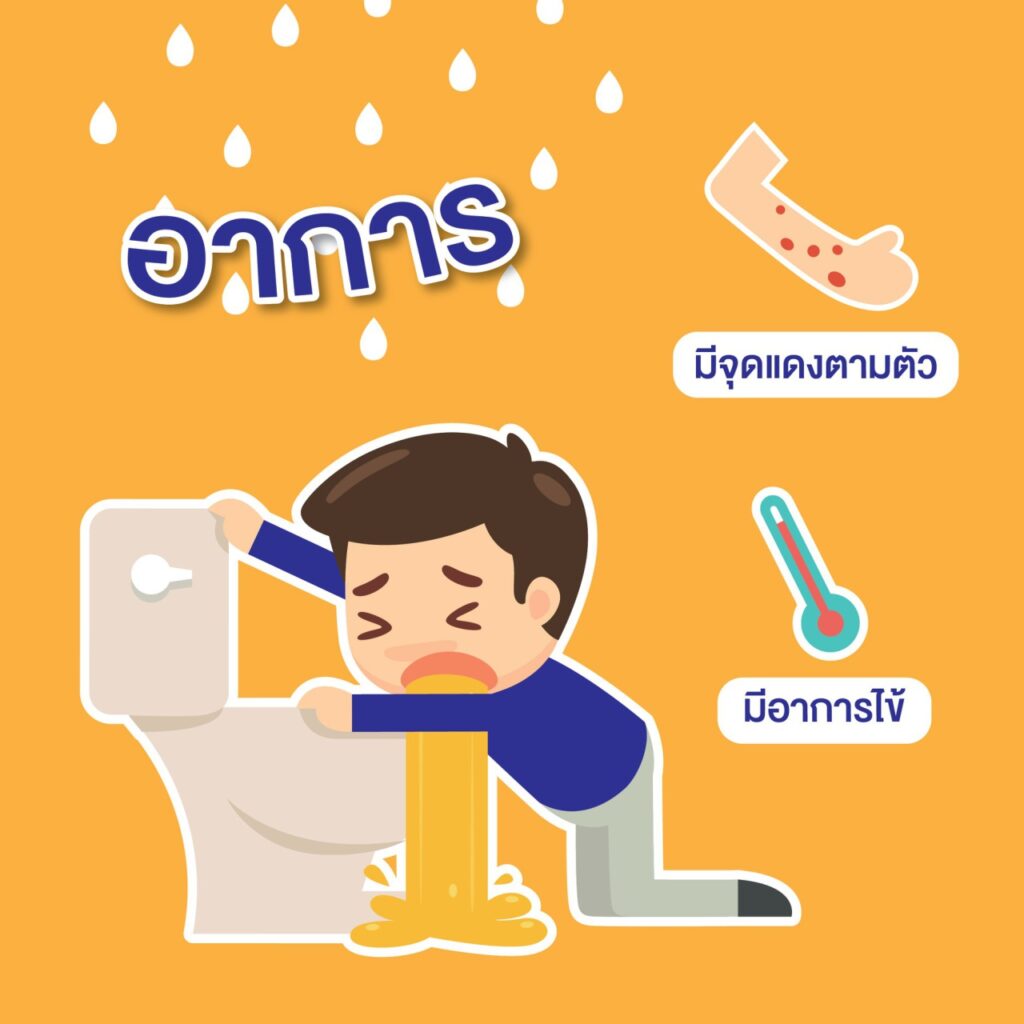
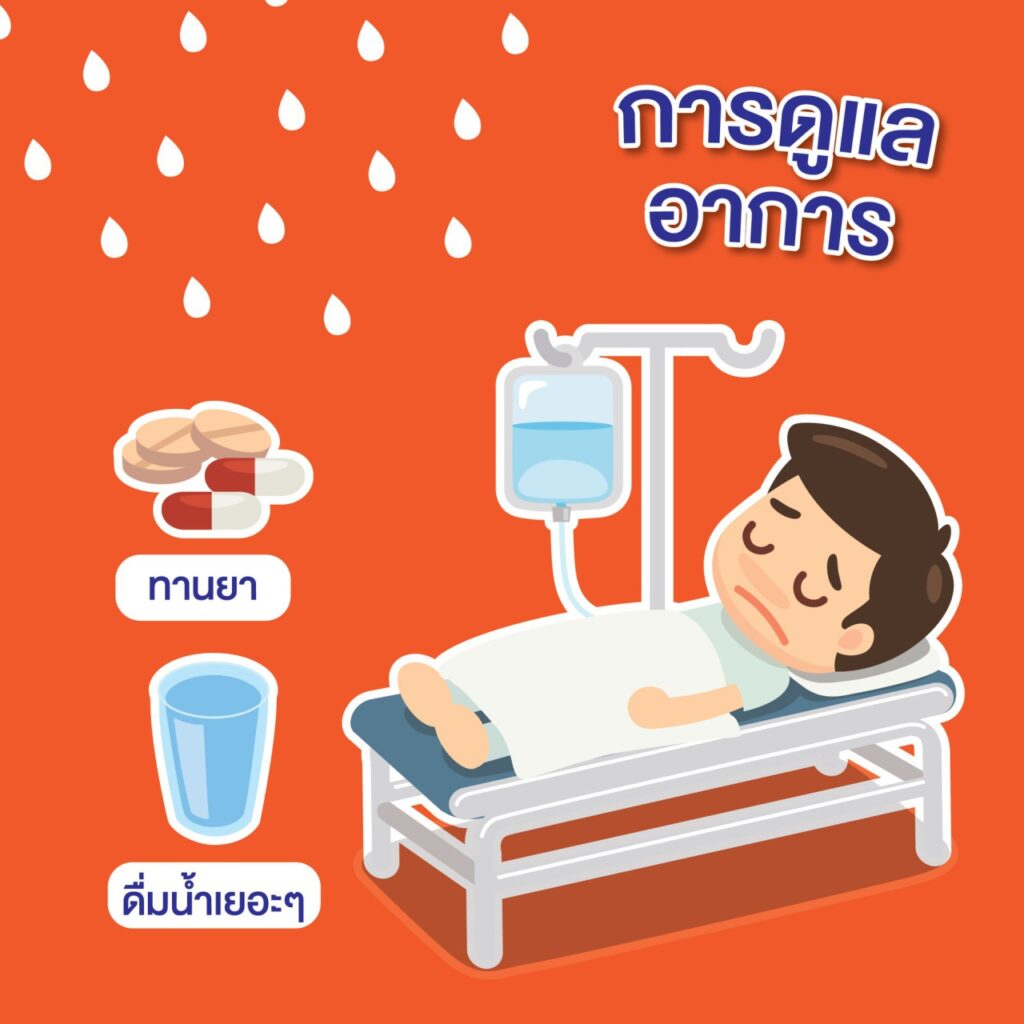
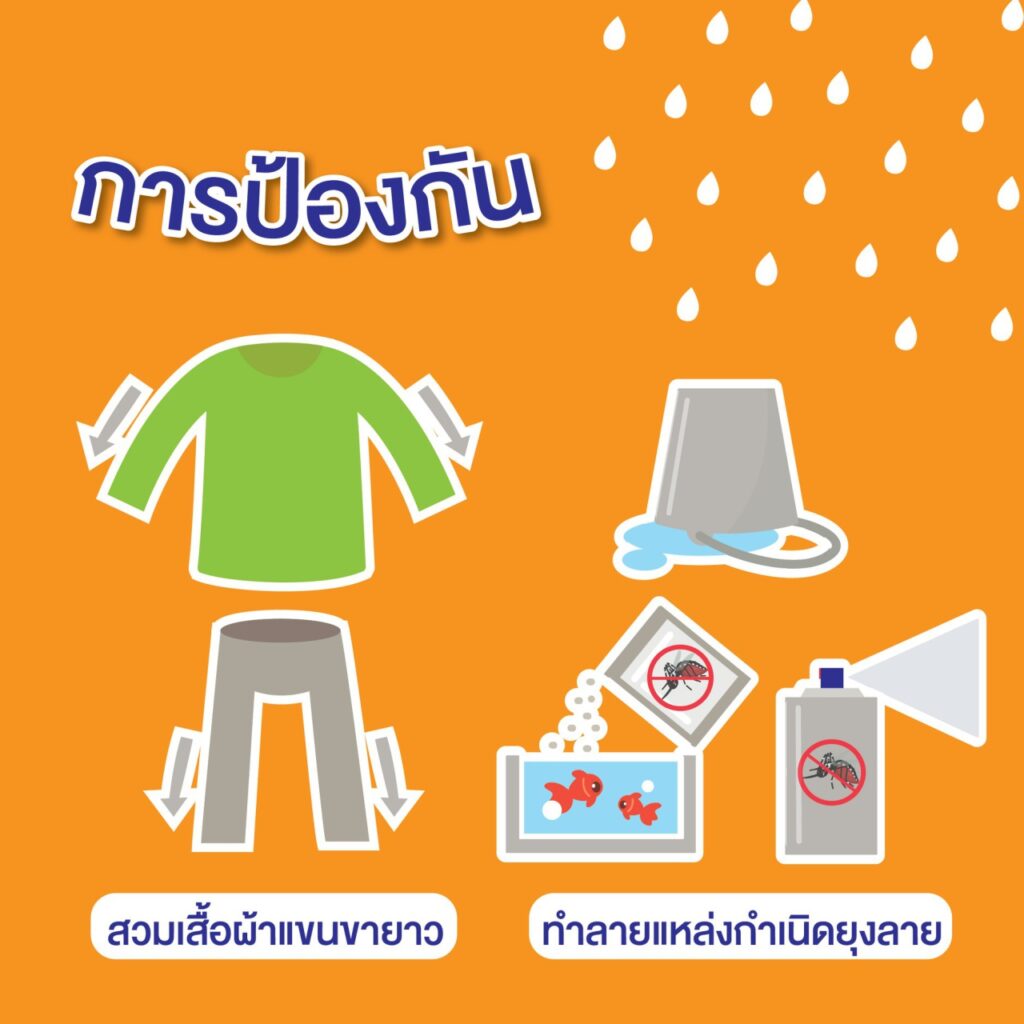
Dengue hemorrhagic fever is a disease caused by the dengue virus, which is primarily transmitted through mosquito bites. The fever typically occurs during the rainy season in tropical areas. The age group with the highest incidence of dengue fever is 10-14 years old, followed by 5-9 years, 15-24 years, and 25-34 years, respectively. The virus incubates in the mosquito's stomach and salivary glands for 8-12 days. When an infected mosquito bites a person, the virus enters their bloodstream, causing dengue hemorrhagic fever.
The early symptoms of dengue fever are often mild and may resemble general fever symptoms, making it challenging to diagnose. Blood tests are usually required to confirm the infection, which becomes more detectable after 3-4 days of illness.
The initial symptoms of dengue fever may include:
Severe symptoms may include:
Currently, there are no antiviral drugs specifically targeting dengue fever. Treatment is mainly focused on managing symptoms and supporting the patient's recovery. Primary care involves ensuring hydration to prevent dehydration, using fever-reducing medications like paracetamol (as prescribed by a doctor), and avoiding aspirin and nonsteroidal anti-inflammatory drugs (NSAIDs) to reduce the risk of bleeding.
If vomiting is severe or other concerning symptoms arise, seeking immediate medical attention is crucial.
To prevent dengue fever, it is recommended to:

Dry eyes are a condition characterized by insufficient moisture on the eye surface, resulting from decreased tear production or excessive tear evaporation. The causes of dry eyes include immune reactions leading to damage of the lacrimal gland cells, hormonal changes during menopause, and lifestyle habits such as prolonged eye use or exposure to windy environments.
The symptoms of dry eyes can vary and may include:
If you experience dry eyes and do not seek treatment, it may lead to corneal inflammation. In severe cases, it can potentially cause blindness. Initially, artificial tears can be used to moisturize the eyes and relieve discomfort. Lifestyle changes, such as reducing eye strain and adopting proper eye care habits, may also be beneficial. If symptoms persist despite these measures, it is recommended to consult a doctor for further evaluation and treatment.
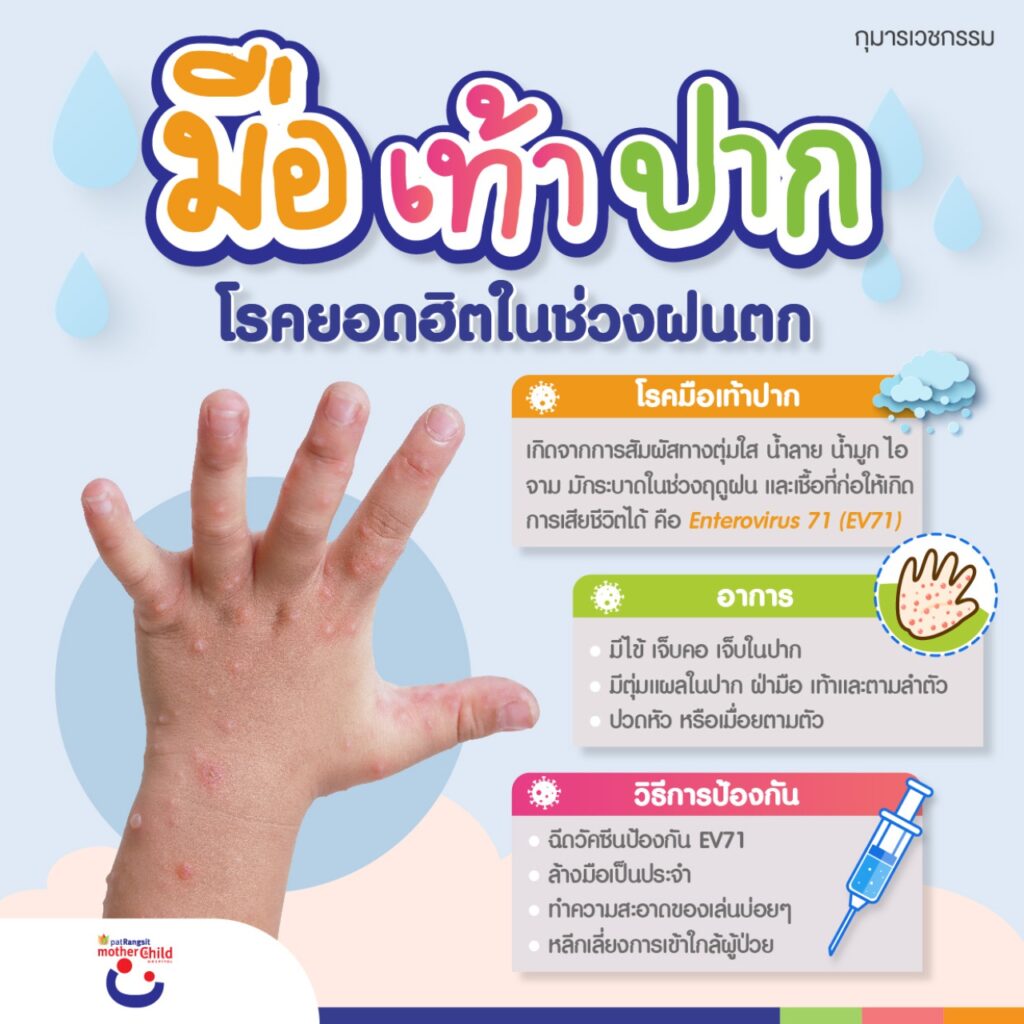
Hand, Foot, and Mouth Disease (HFMD)
Hand, Foot, and Mouth Disease (HFMD) is an infectious illness that primarily affects children. It is important for parents to observe flu-like symptoms in their infected child. The initial symptoms of HFMD are similar to those of a cold, including many blisters or ulcers in the mouth. Additionally, a child may develop a red rash or small blisters on the palms, fingers, soles, or buttocks, along with a fever that can last for 5-7 days. It is crucial to note that HFMD can lead to severe complications such as meningitis, encephalitis, paralysis, weakness, myocarditis, and even death. The severity of complications is not necessarily related to the number of mouth ulcers or lesions found on the palms and soles of the feet. In severe cases, there may be only a few sores in the neck or a few blisters on the palms and soles of the feet. Therefore, parents should closely supervise their children during the first 1-2 weeks. Over time, the rashes and mouth ulcers will disappear
Warning signs of severe complications include:
Causes of Hand, Foot, and Mouth Disease (HFMD) are attributed to enterovirus infections, with more than 100 strains identified. The most common strains responsible for the disease are coxsackievirus A16 and enterovirus 71. Infants and young children under 5 years of age are at a higher risk of developing more severe symptoms compared to older children.
Currently, a vaccine is available specifically targeting enterovirus 71, which can cause severe symptoms leading to death. However, it is important to note that the vaccine does not provide complete protection against other strains of the virus. Therefore, treatment for HFMD focuses on managing the patient's symptoms. If the child experiences a sore throat and difficulty eating, supportive measures such as providing water, milk, and soft foods should be taken. In cases of fatigue, hospitalization and intravenous fluid administration, along with antipyretic and analgesic drugs, may be necessary. Anesthetic drops can also be used to alleviate the pain caused by mouth ulcers, while close monitoring for symptoms of brain and heart complications is crucial.
Prevention measures for HFMD include:
Ultimately, parents are the closest individuals to an infected child and should be vigilant in monitoring symptoms. If the child experiences unusual symptoms, seeking medical attention promptly is advised.

บทความโดย
พญ. อภิภัสร์ สุทธิพันธุ์
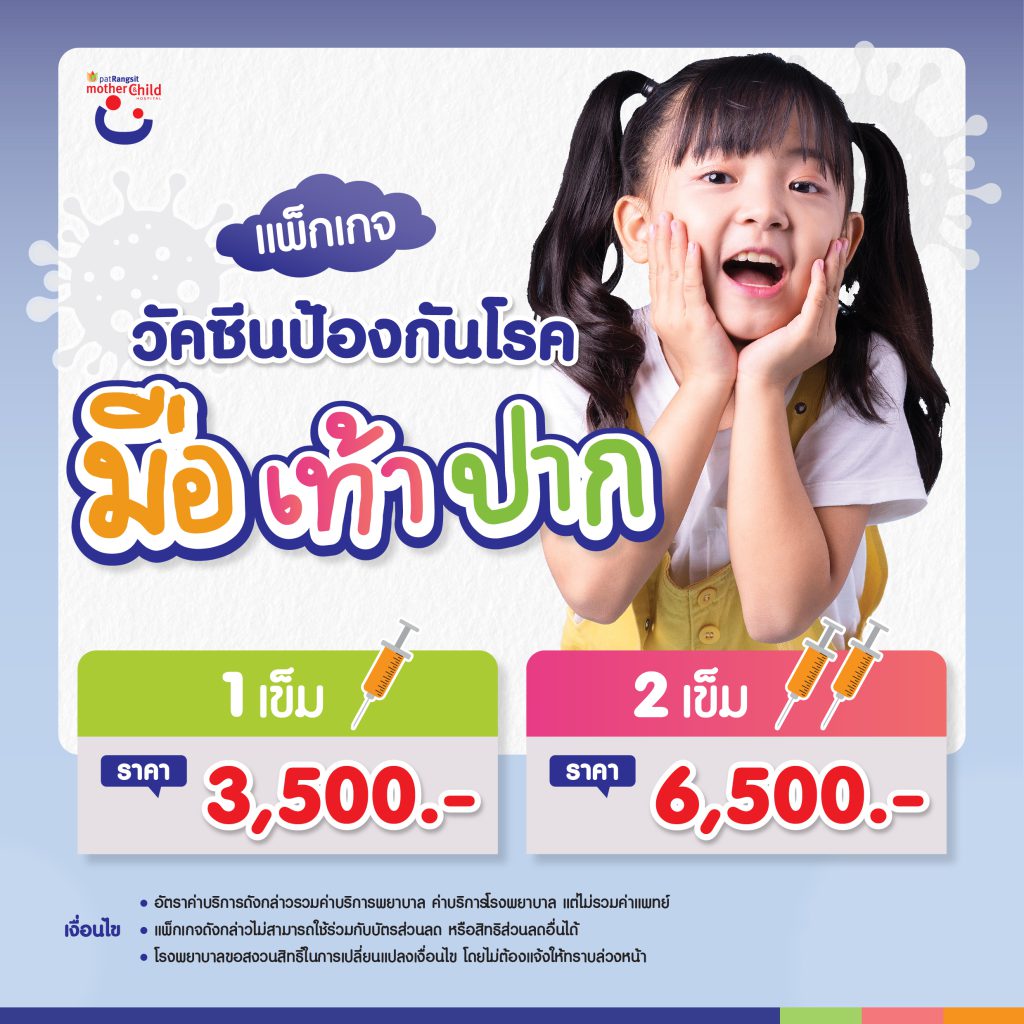
เว็บไซต์นี้มีการใช้งานคุกกี้ เพื่อเพิ่มประสิทธิภาพและประสบการณ์ที่ดีในการใช้งานเว็บไซต์ของท่าน